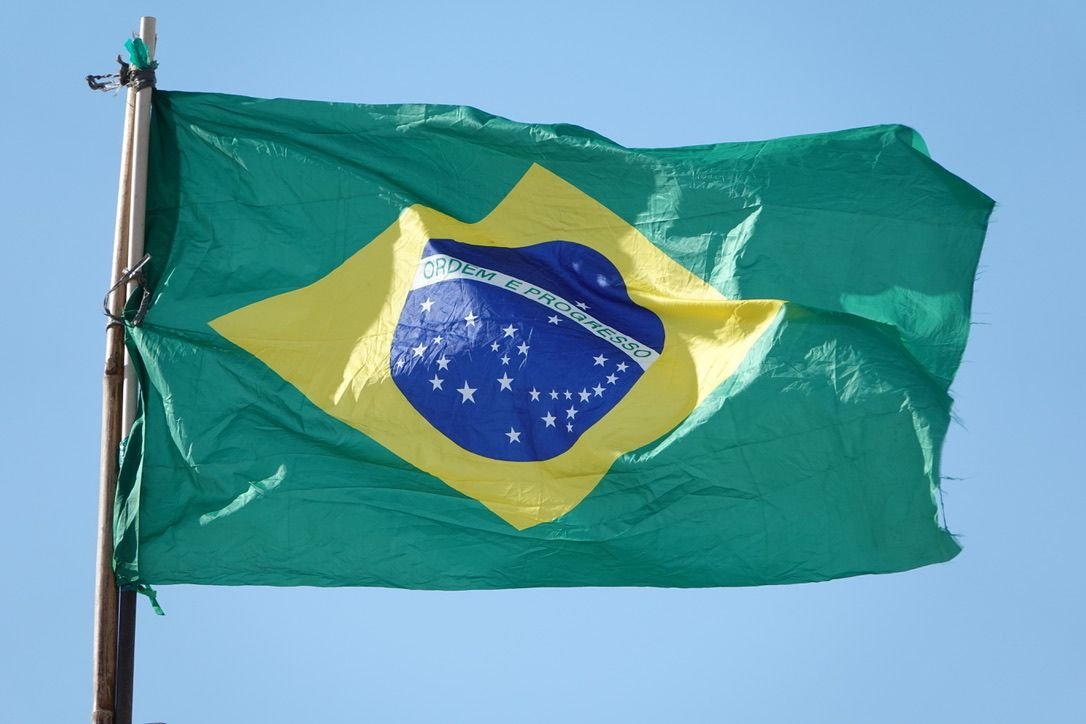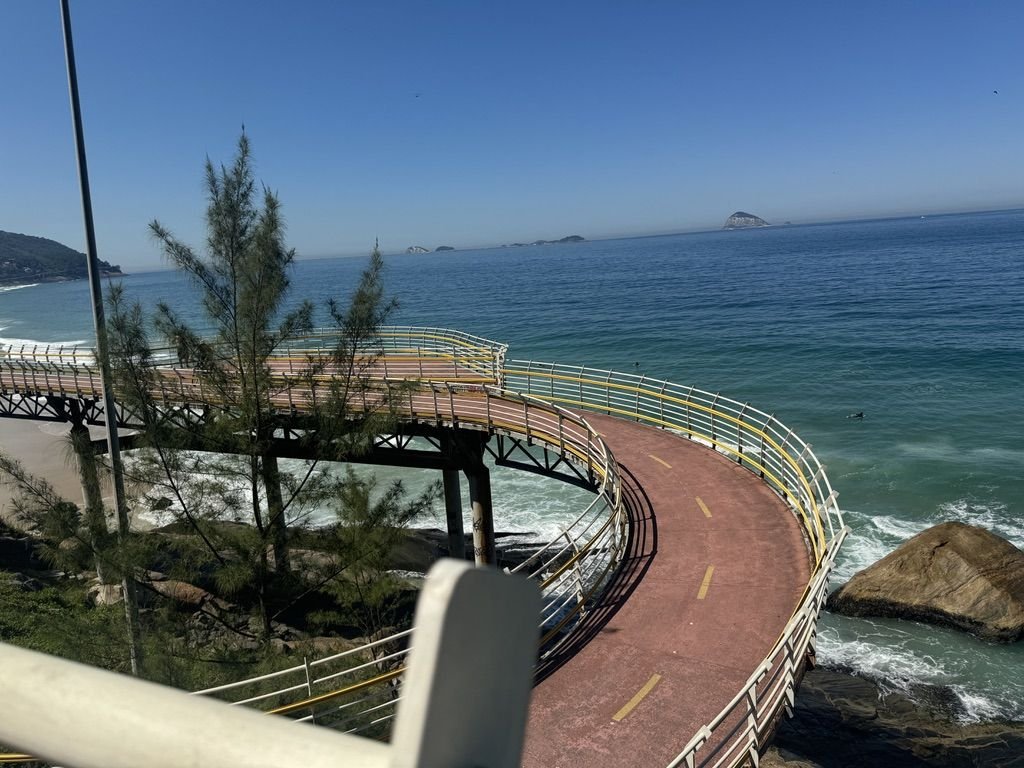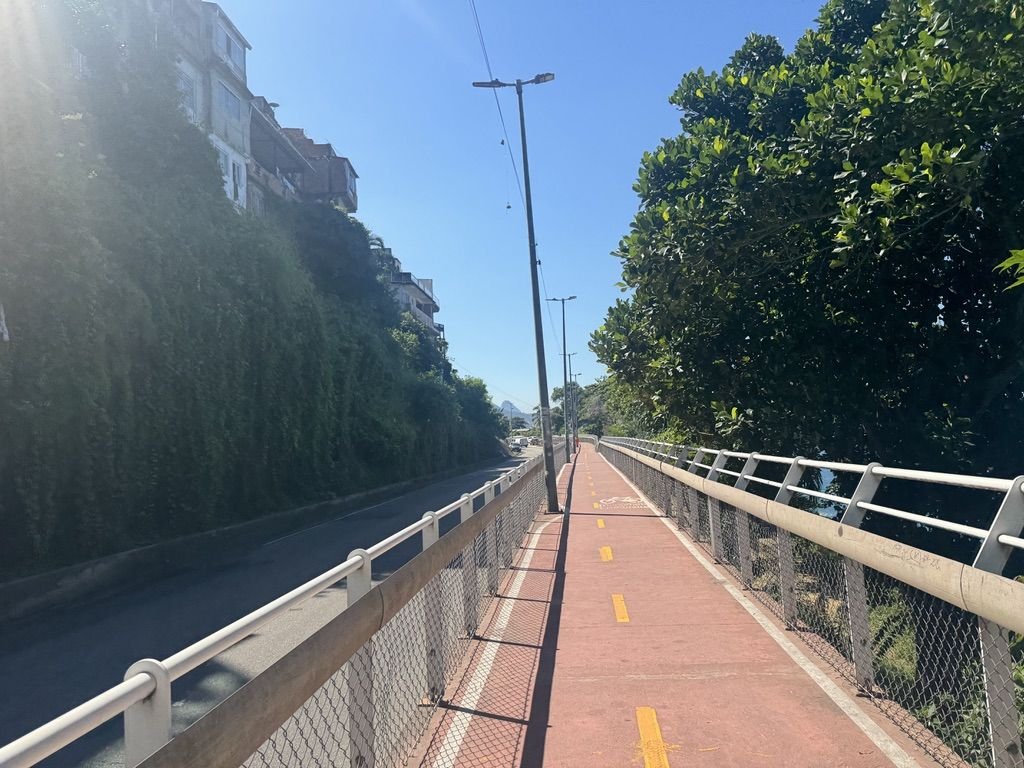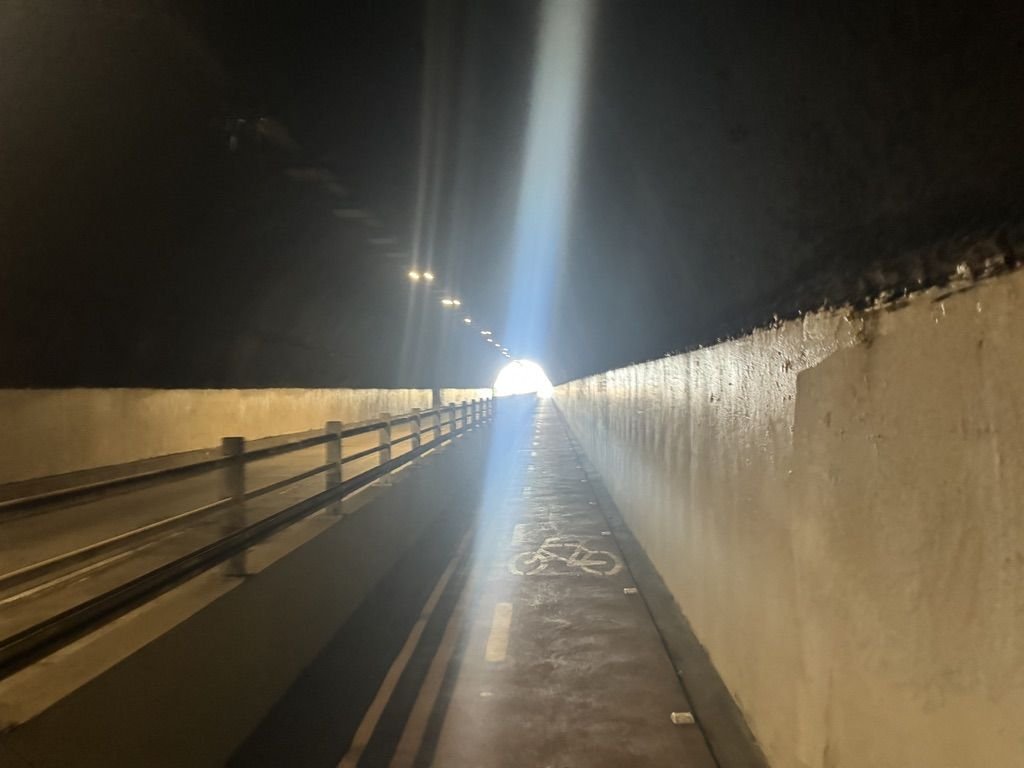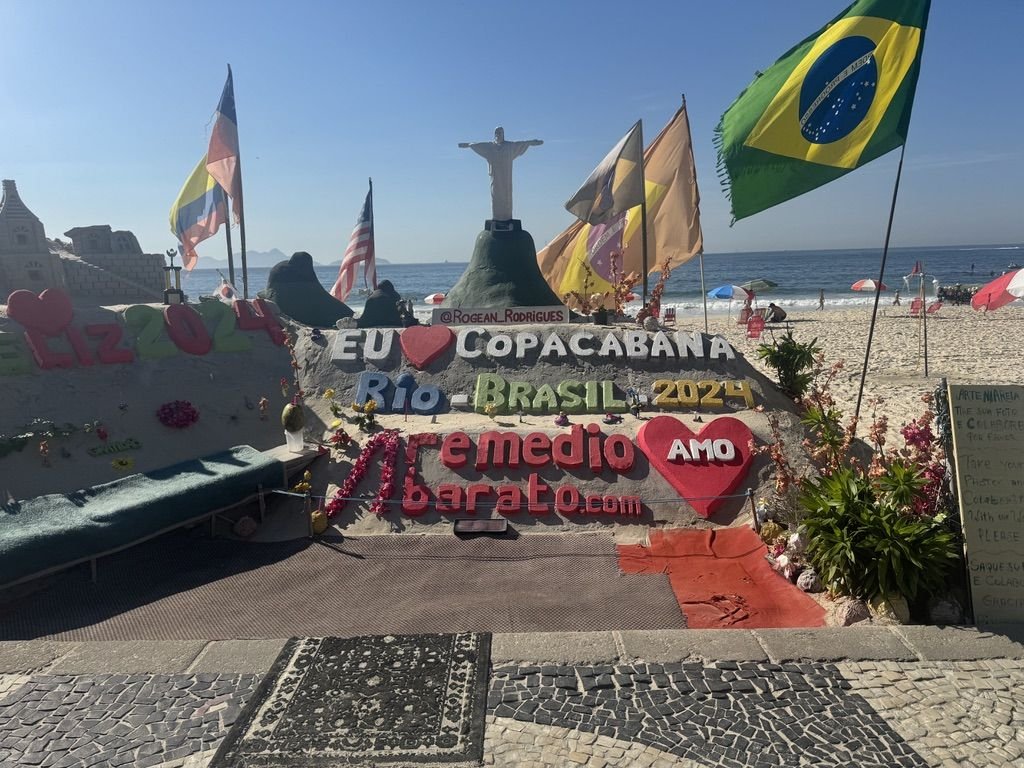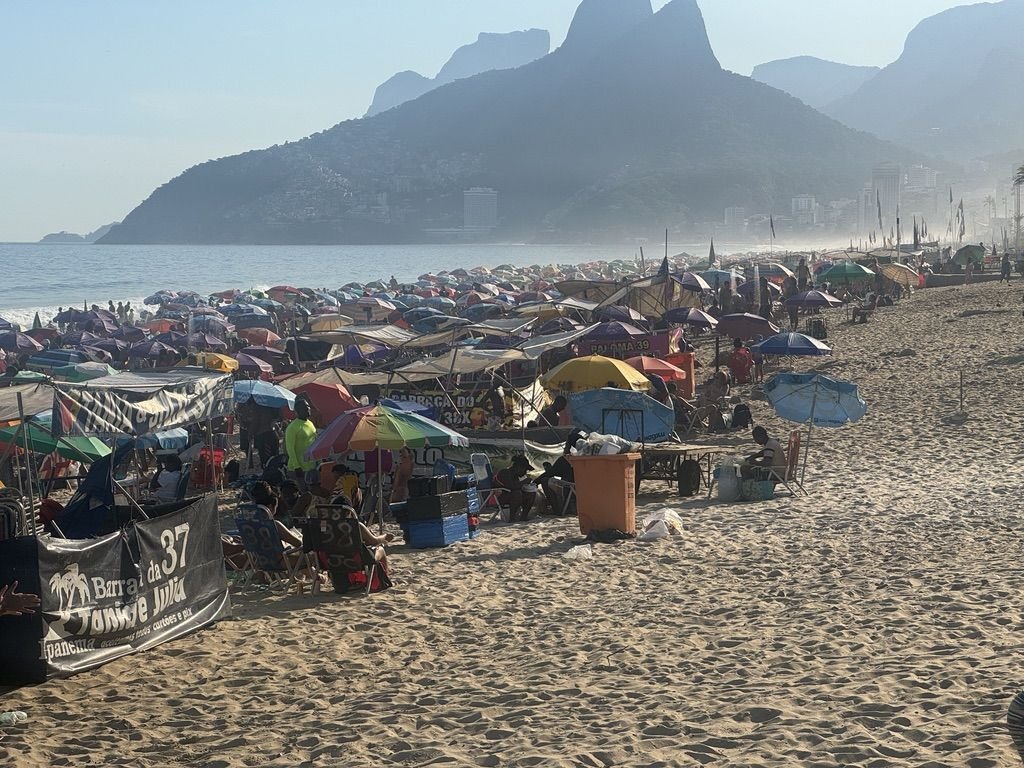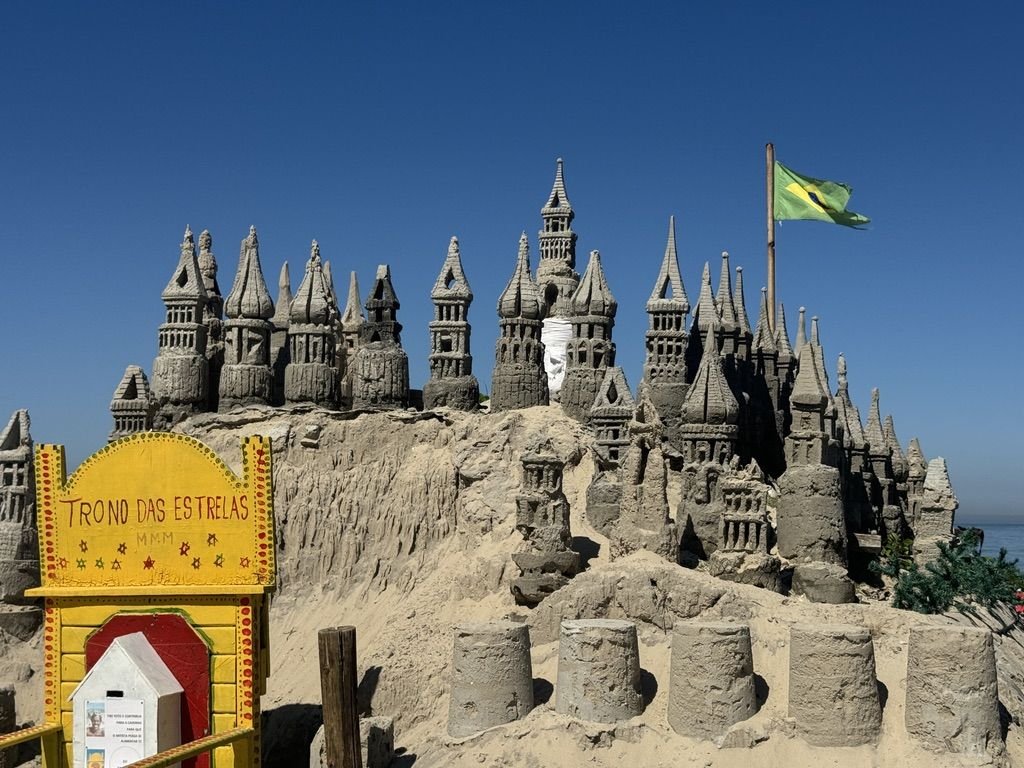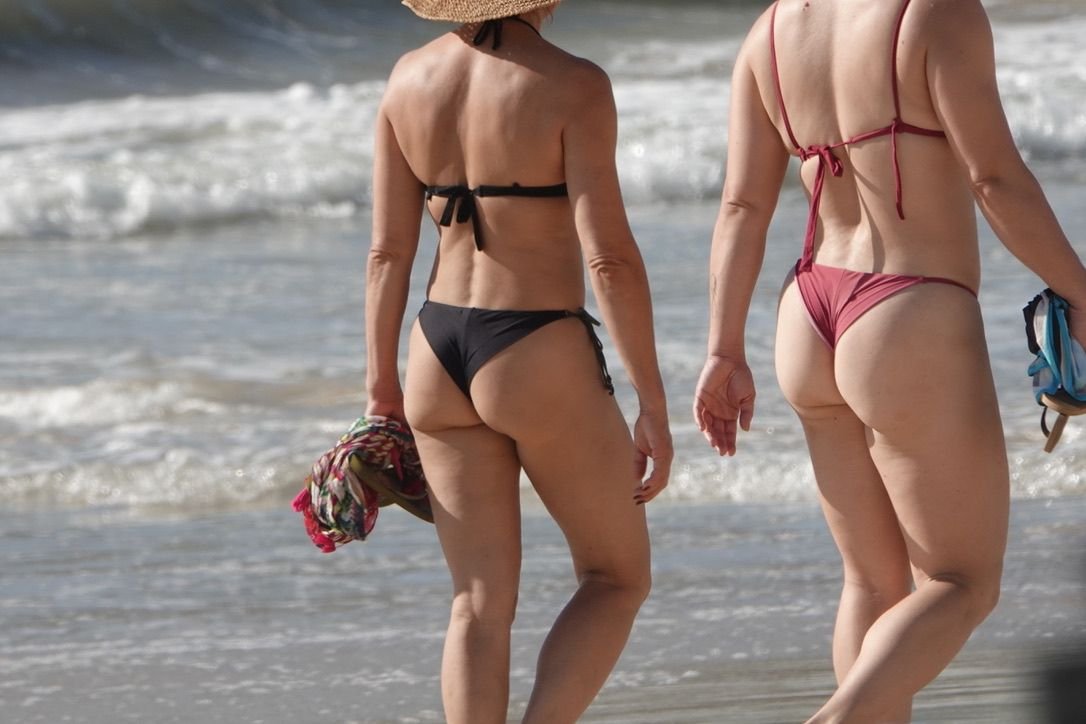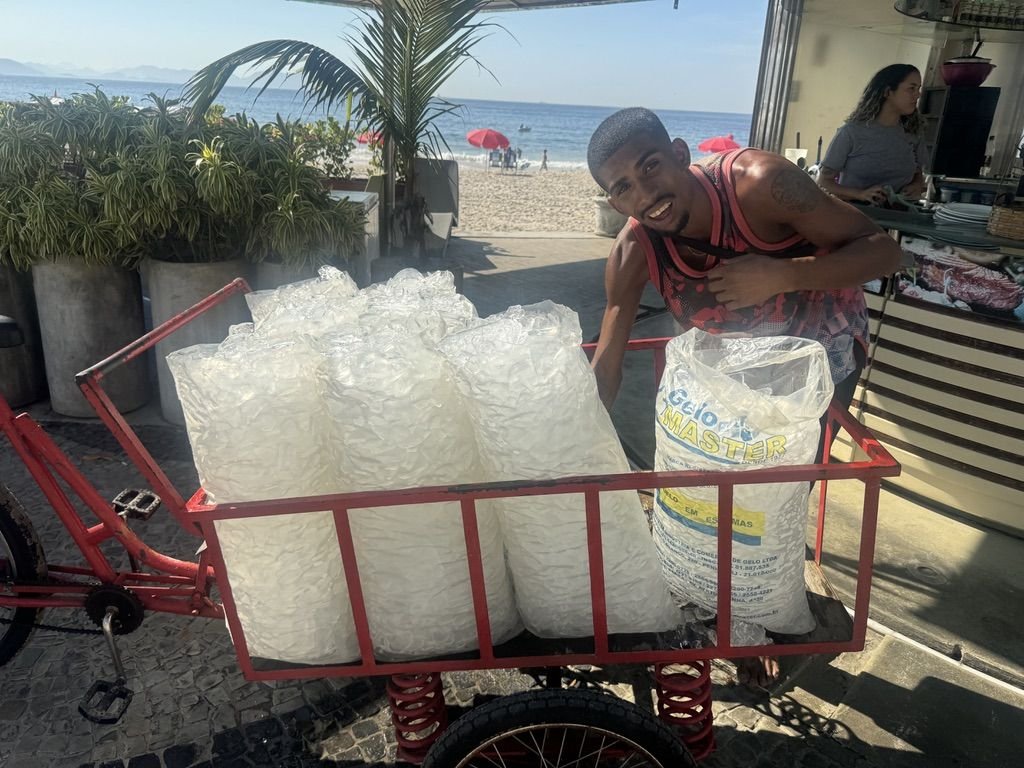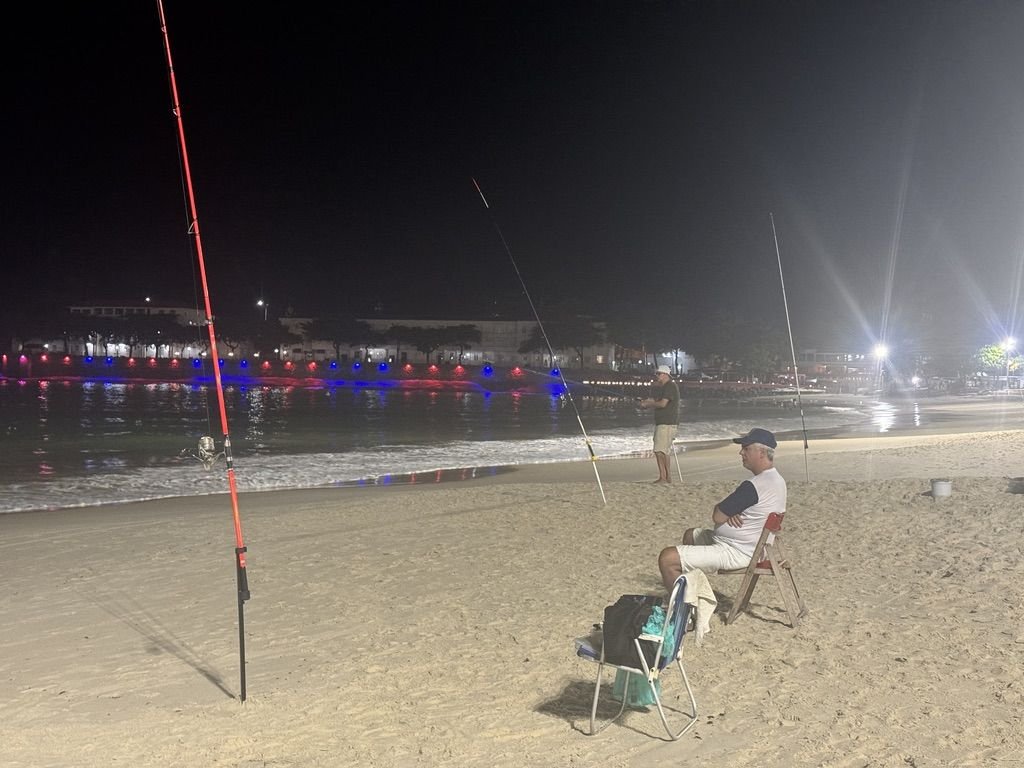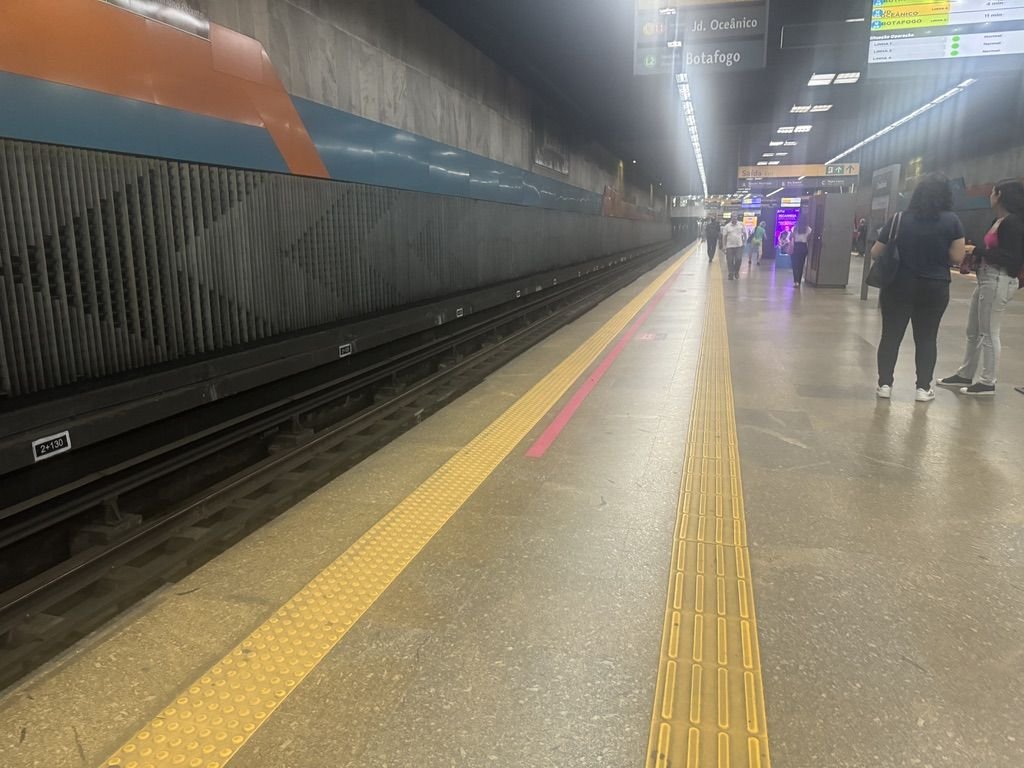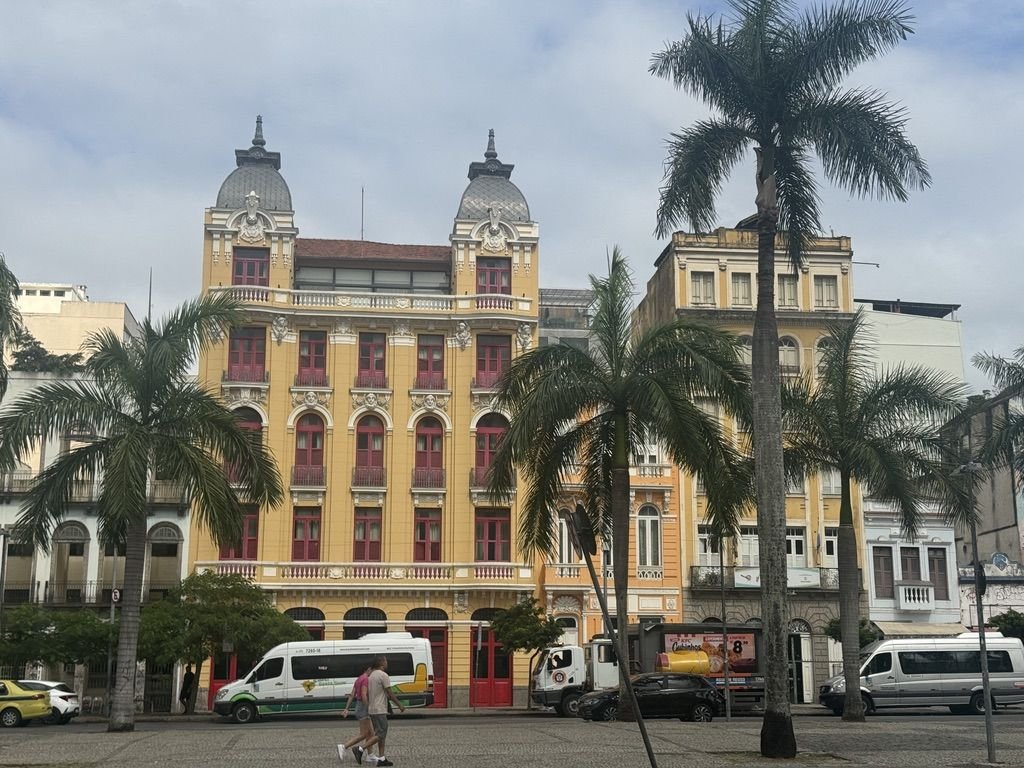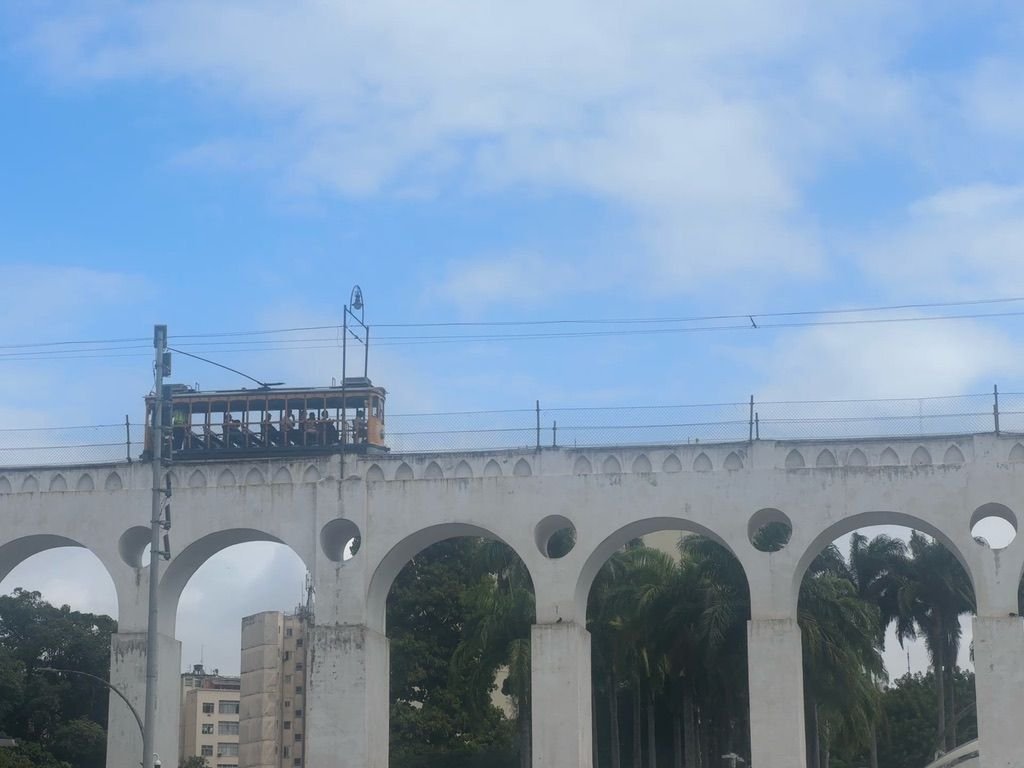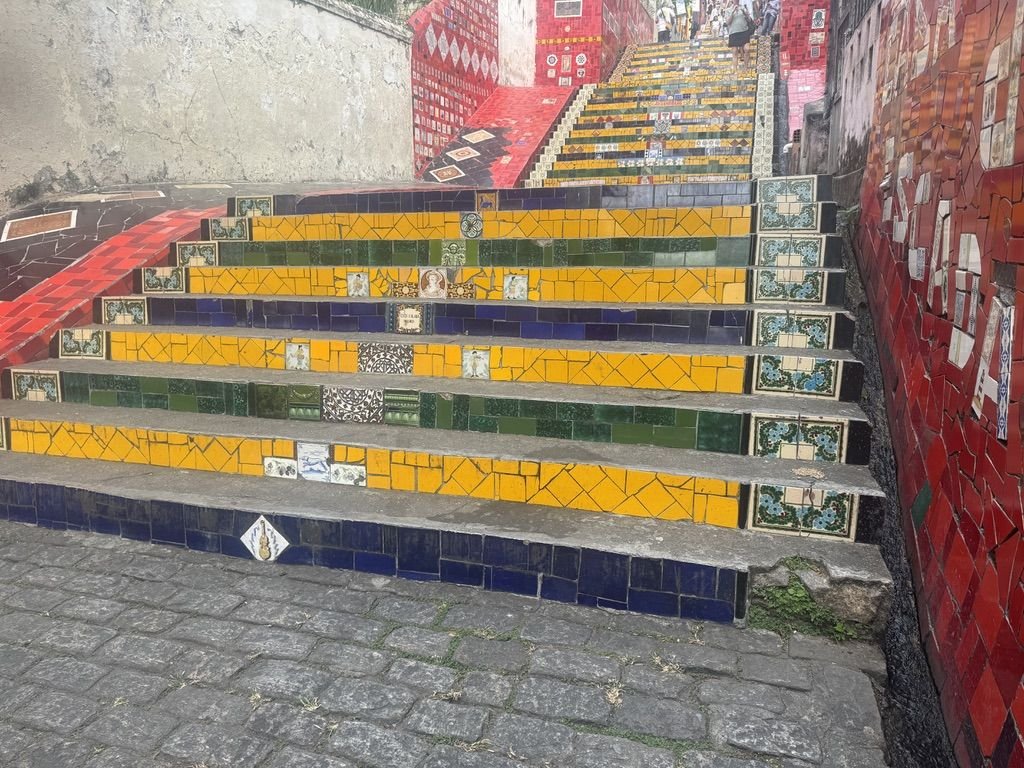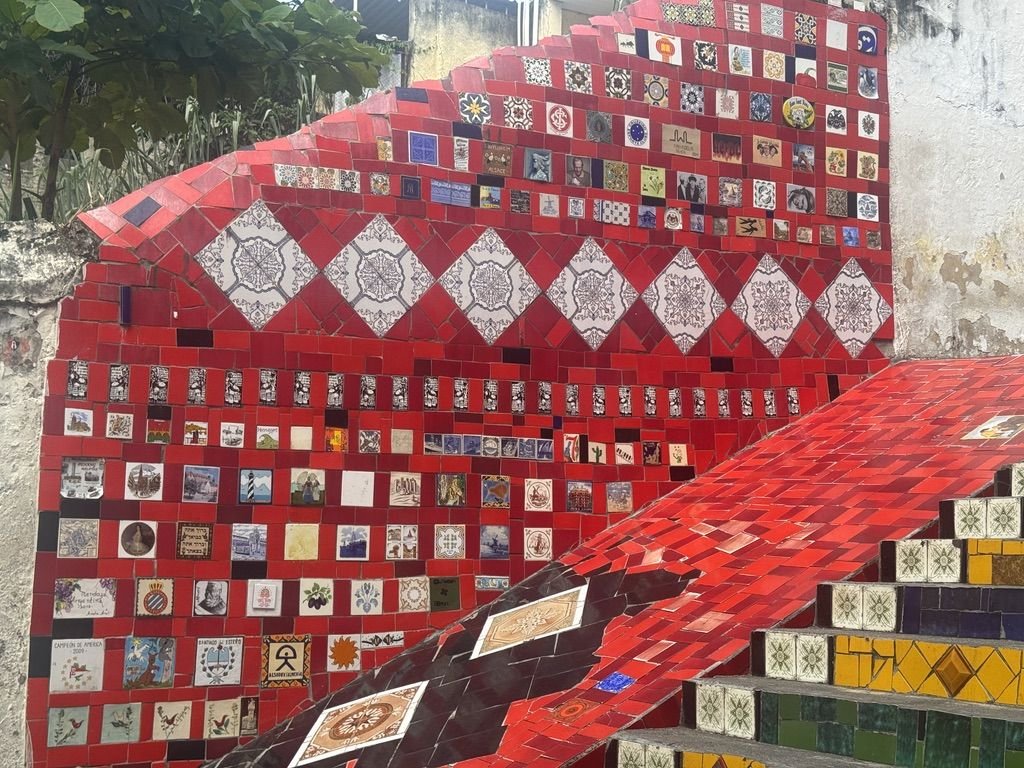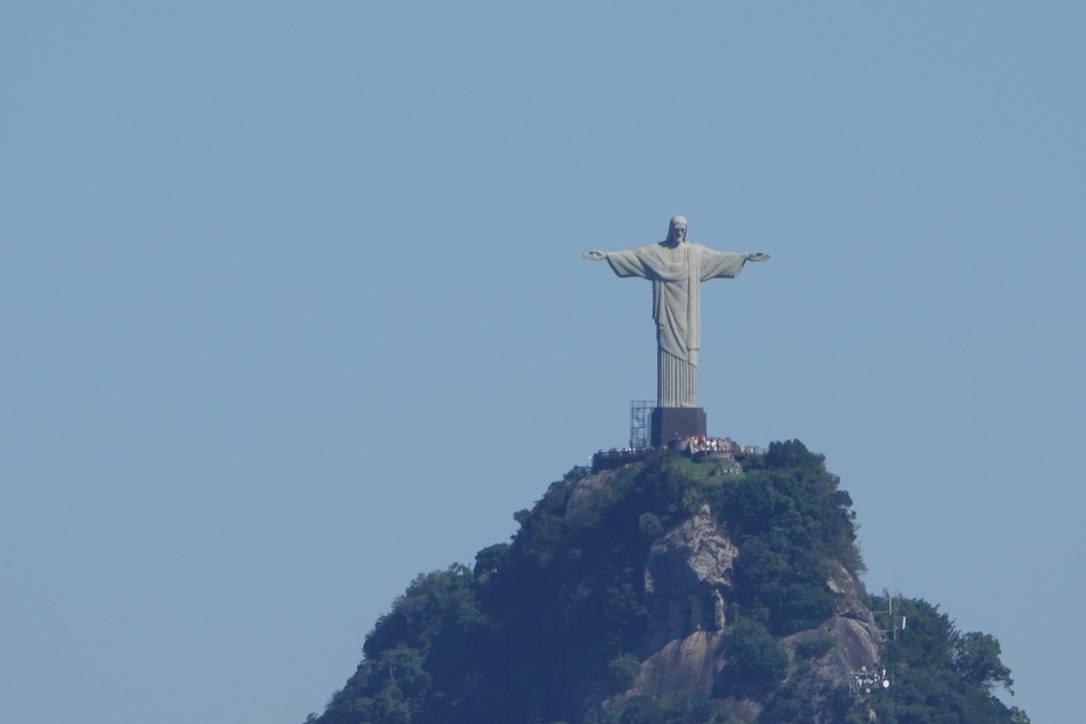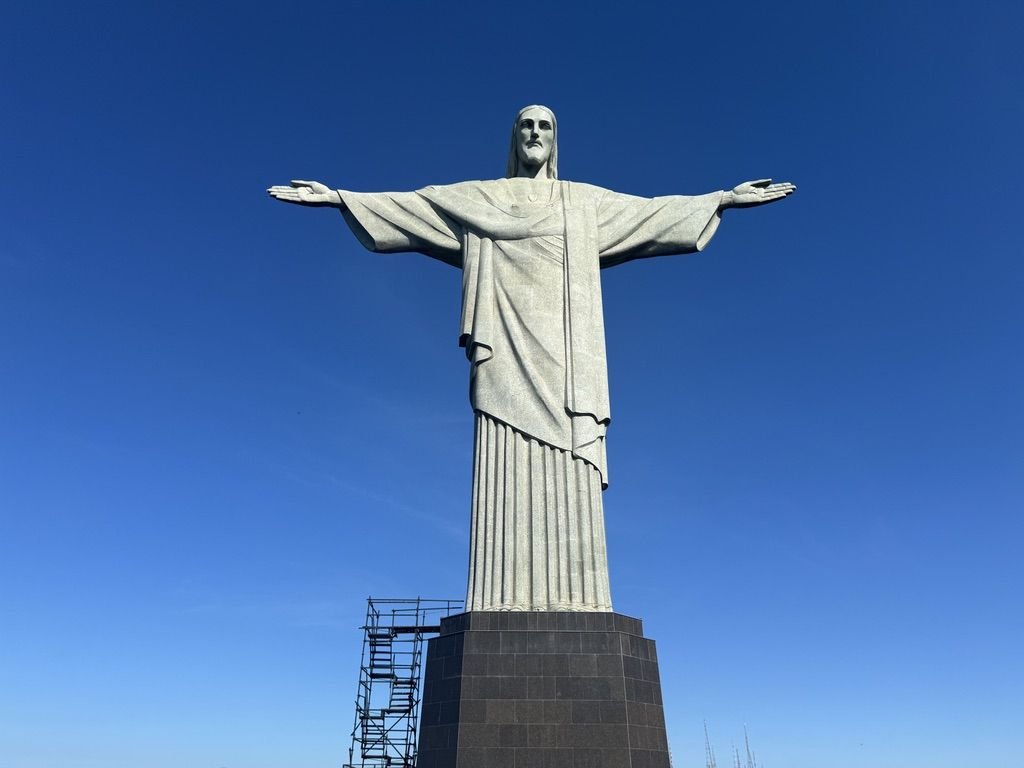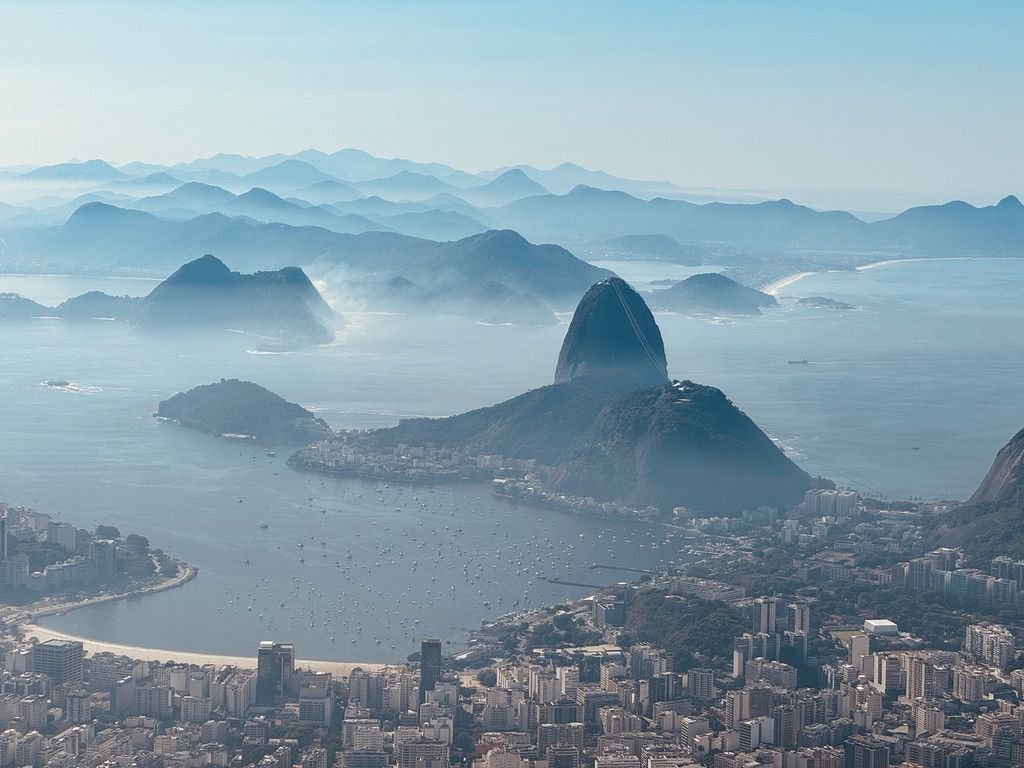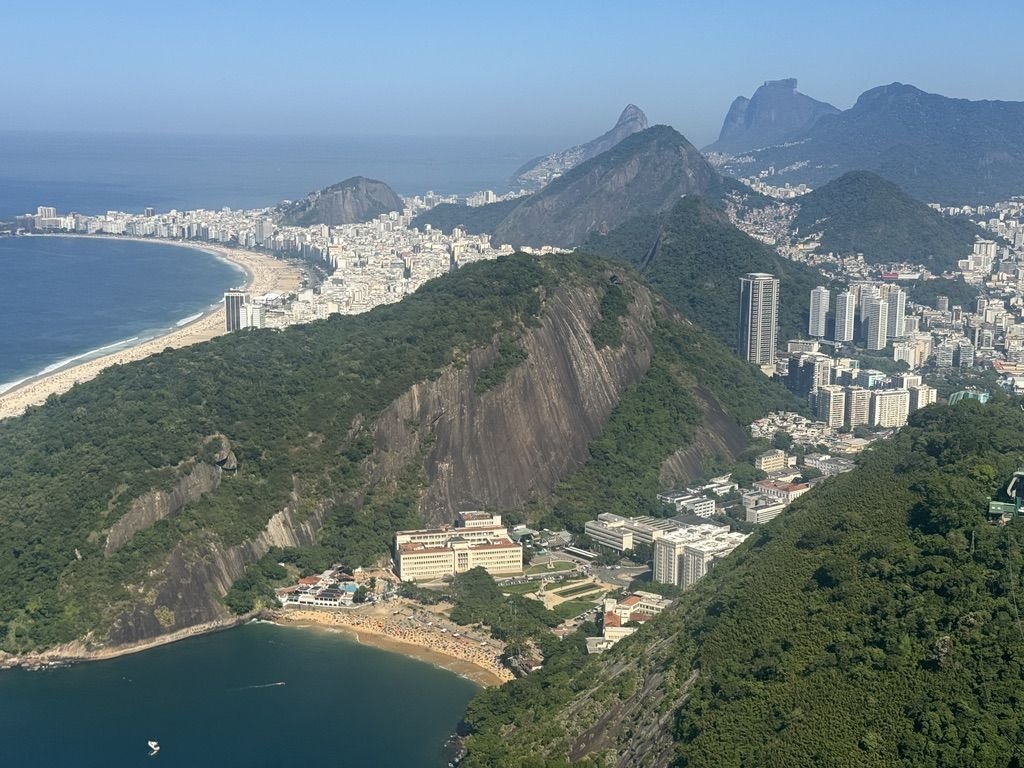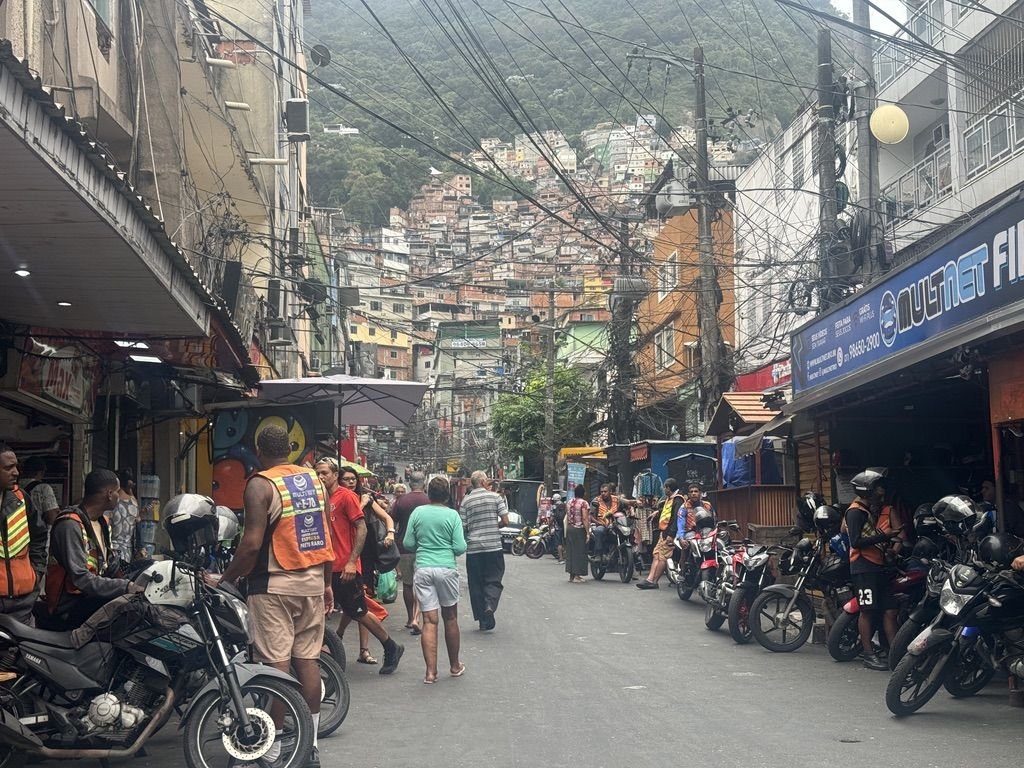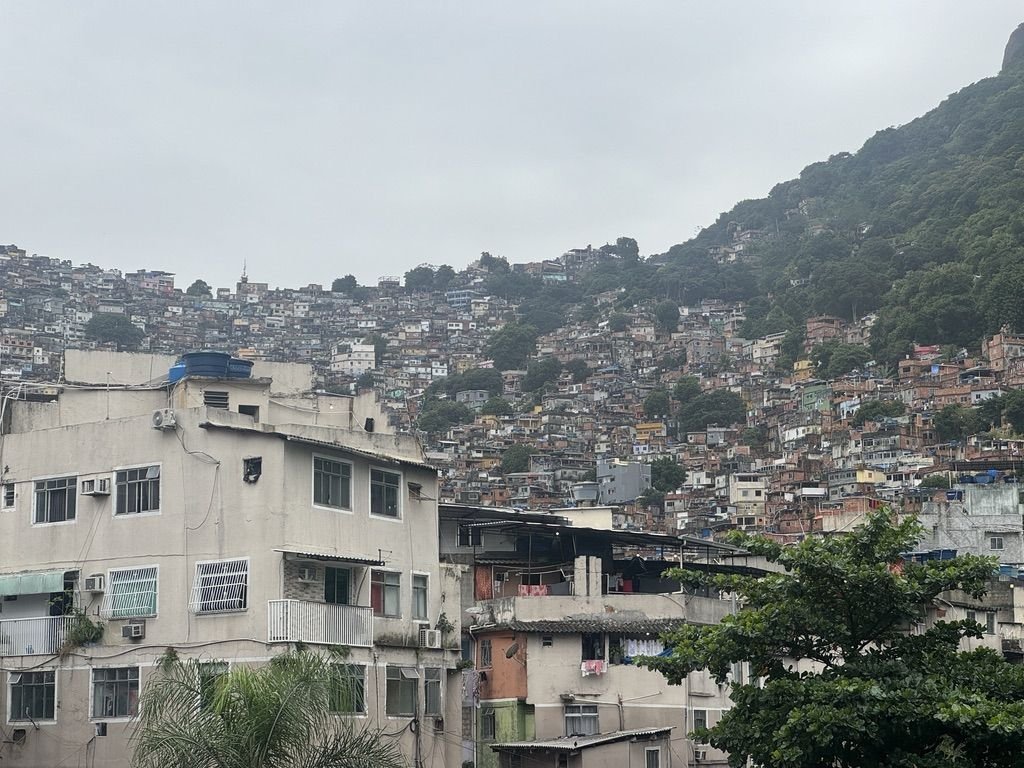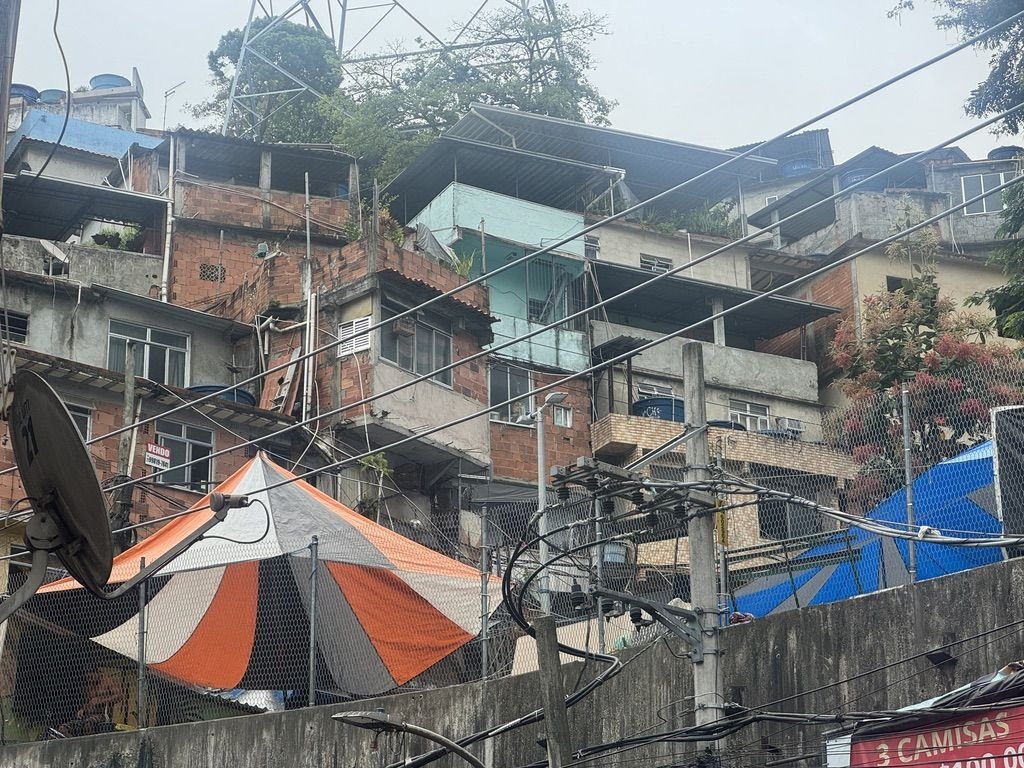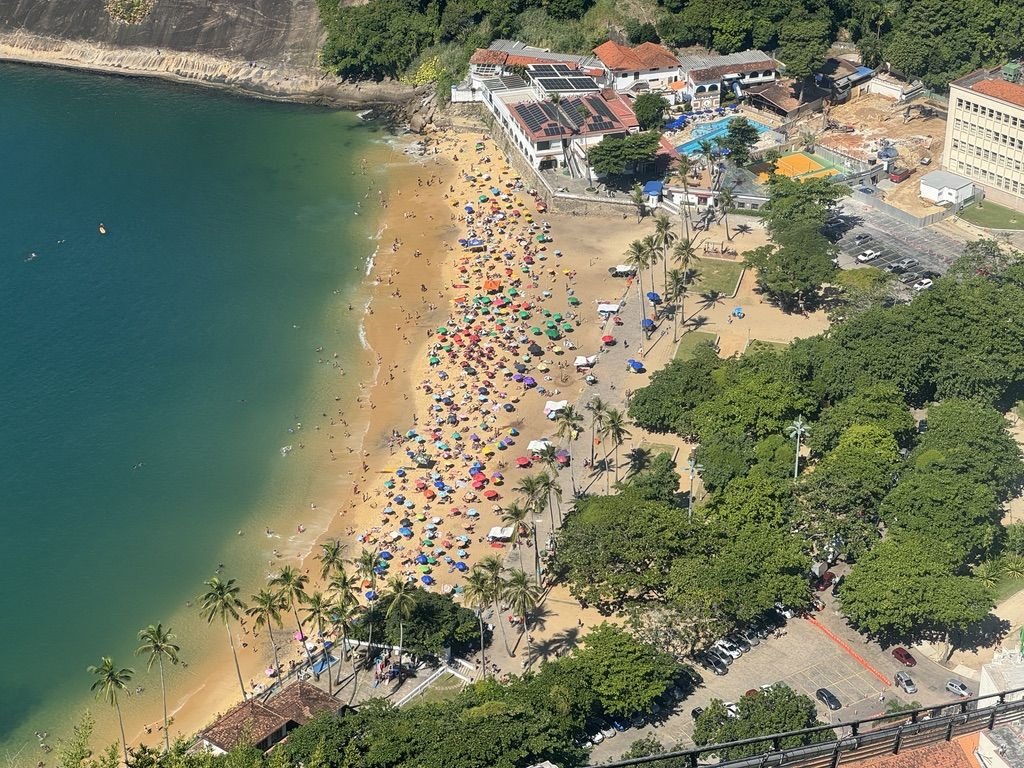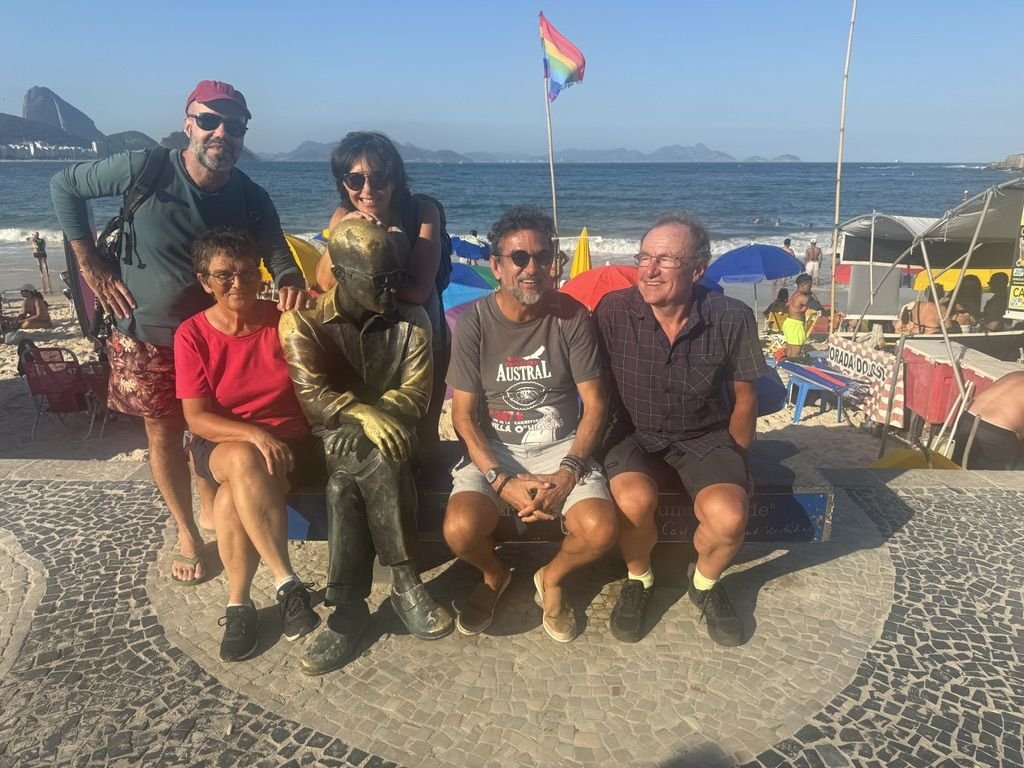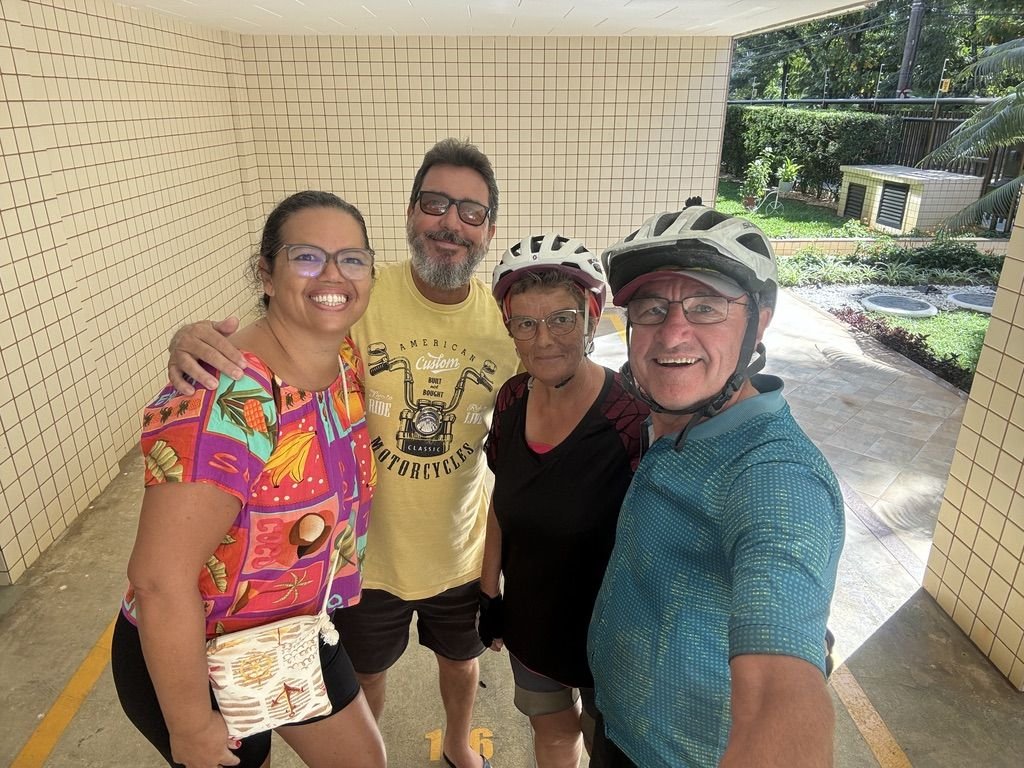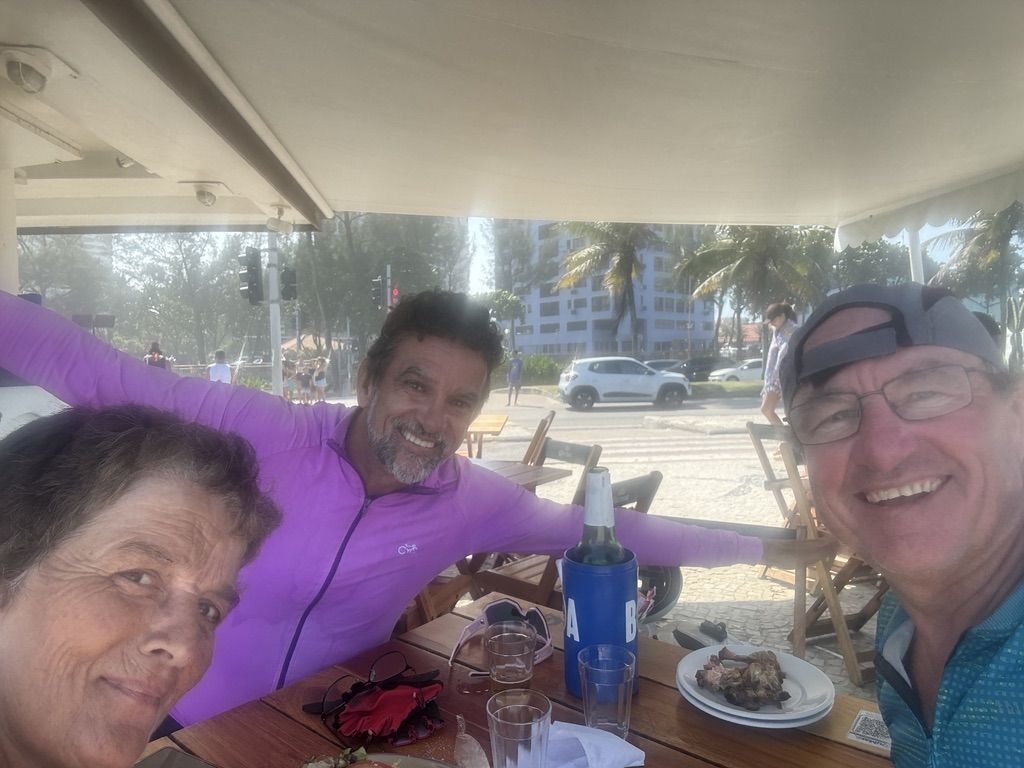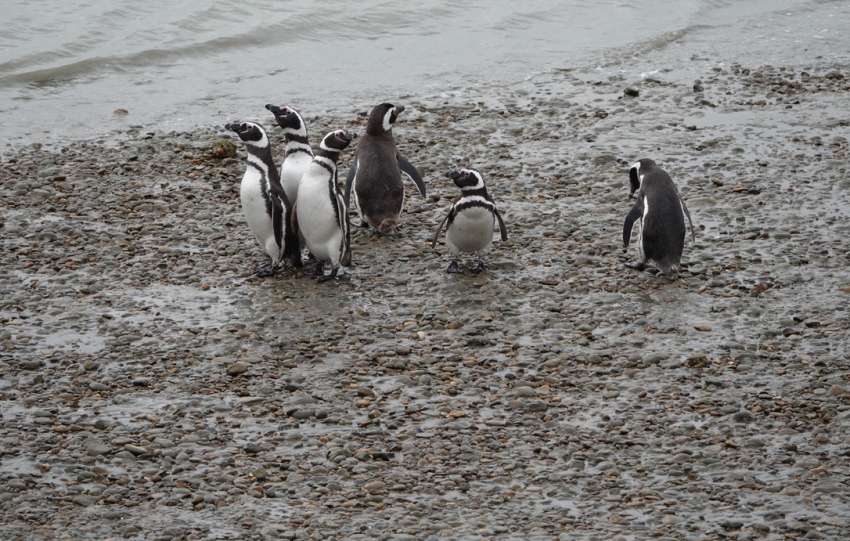Rio de Janeiro
Share This Article
From April 21 to 29, Rio de Janeiro and surrounding areas.
Along the beaches
Saturday our route is mainly along the beaches which are all overflowing with more or less people. We ride on secure cycle paths. We sleep with Ricardo and Mary who kindly welcomed us into their house for the night. Sunday we stop at Barra de Tijuca about 35km from Rio de Janeiro. We are staying in a very nice apartment lent to us by Antonio from the warmshowers network.
What a cycle path!!
Monday is our last day of cycling before arriving in Rio de Janeiro. We take a magnificent cycle path. It was built for the 2016 Olympic Games. It overlooks the sea and offers an exceptional view. This is undoubtedly the safest cycle path we have taken in forever. She goes through the tunnels and passes near a favela. We will end our day near the legendary Copacabana beach. We are staying with Michel, a Frenchman who has been living in Brazil for a very long time.
Christ the Redeemer and sugar loaf
The most famous monument in Rio de Janeiro is the statue of Christ the Redeemer. It is built at an altitude of 763m and overlooks the city. The statue itself is quite imposing at 38m in height. It offers a magnificent view of Rio de Janeiro.
The famous Sugar Loaf, which rises to an altitude of around 400m, also dominates the city. To get there you have to take two long cable cars. It owes its name to the shape of the clay molds which were used to transport sugar on boats during the sugar cane trade to Europe.
Downtown Rio de Janeiro has many buildings in very diverse styles. The Selarón stairs are original, they are covered with earthenware from more than 120 countries. Rio de Janeiro has a metro that runs throughout the city, it is very spacious and free for people under 16 and over 60.
Copacabana a legendary beach
Copacabana is a world-famous beach. It extends for approximately 5km in the shape of a half-moon. It is one of the favorite places of Brazilians. In general when it is hot it is full of people, but and it is a paradox despite the heat few people swim this for two reasons there is often a ban because of the rollers and above all the water is relatively cold at the around 20°. The difference between the ambient temperature is often more than 20°C.
A Favela
Rio de Janeiro has around 500 more or less secure favelas. Since the Olympic Games, the city has been trying to pacify its many favelas. We visited the Rocinha favela without a guide. It is a real city built on the slopes of a mountain, it has around 80,000 inhabitants. Despite the pacification there are few tourists who venture alone into these places. We nevertheless chose to go there without a guide. The streets are narrow, most accessible only on foot or on two wheels. The place is teeming with people. It is advisable to avoid taking photos, an instruction that we somewhat ignored by taking some precautions. After more than two hours of walking and having encountered a person on a street corner with a Kalashnikov slung over their shoulder, we ended our visit.
After a very pleasant week in this immense city where life never seems to stop, our trip has come to an end.
Our meetings:
- Mary and Ricardo who welcomed us into their apartment.
- Antonio a Warmshowers who lent us
Our route:
For this last week we only covered 95 km. You can find our final map on this link .
Did you know: Caïpirinha is a refreshing alcoholic drink very popular in Brazil. It is based on cahaça (sugar cane alcohol), it’s a bit like the punch of the West Indies.


